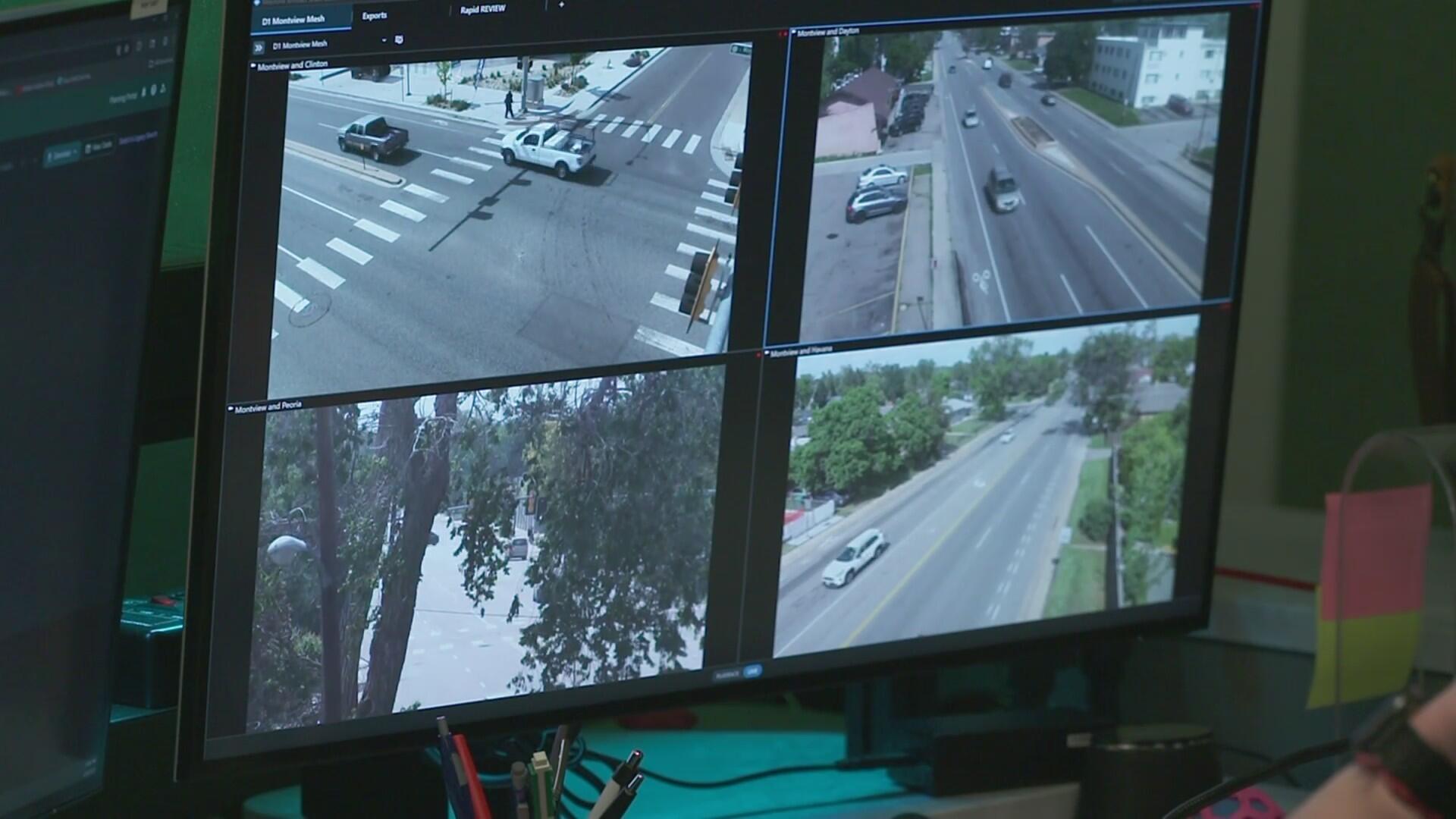Aurora police use real time information center to boost officer, public safety
The Aurora Police Department has a new resource designed to enhance both officer and community safety: the Real Time Information Center.
Housed inside police headquarters, the center leverages citywide technology like surveillance cameras, drones, license plate readers, and crime data into one centralized hub.
From there, trained staff can monitor activity in real time and relay critical updates directly to officers in the field.
"We want to make sure that we have officers on the ground. We also have eyes in the sky," said Agent Matthew Longshore. "Our techs can manipulate cameras, zoom in, scan areas, and provide officers with real-time details about suspects, vehicles, or activity tied to a call for service."
For instance, if a stolen vehicle triggers a license plate reader, staff can quickly locate the car on nearby cameras, identify any unique features, and pass that intel to officers before they arrive on the scene. They can provide vehicle descriptions, behavior patterns, and even track suspects leaving an area.
"We want to make sure that we have knowledgeable, professional people in here who can do the job effectively. They are the first line of defense for our officers on the road. They're able to see things before the officers can see things," said Longshore.
Aurora's upcoming Global Fest will be the largest event to date, and it will be supported by the Real-Time Information Center. Operators will be monitoring cameras throughout the festival grounds and the surrounding area.
"We want to make sure that people attending, performing, selling things, our vendors, feel safe and supported," said Longshore. "We've increased our staffing, both seen and unseen. We're going to have our special units out there, some of them in plain clothes."
While there have been no specific threats, Longshore says the department is proactively increasing security presence as a precaution.
The department is still expanding the center's capabilities. Six stations are available inside, and staffing levels adjust depending on crime patterns and major events. Data is continuously being analyzed to determine the most effective hours of operation and deployment.








